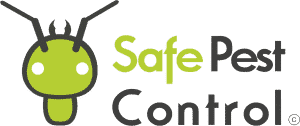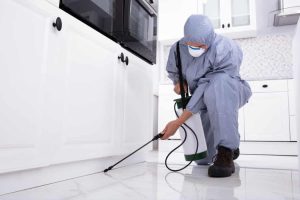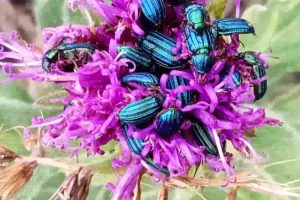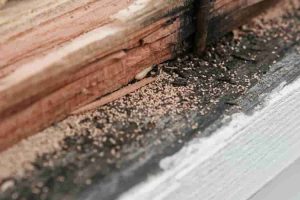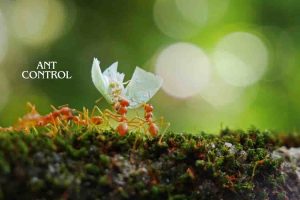Dealing with pests in Sydney’s industrial zones presents unique challenges throughout the year. Seasonal changes significantly impact pest behavior, requiring us to adapt our strategies continually. From autumn’s rodent problems to summer’s insect infestations, staying ahead of these patterns is key to maintaining a pest-free environment.
As temperatures shift, so do the types of pests we encounter. For example, during the cooler months, we often see an increase in rodents seeking shelter indoors. Conversely, warmer seasons bring a surge in insects like ants and flies. It’s crucial to recognize these patterns and implement specific control measures to address them effectively.
Understanding these dynamics helps us mitigate infestations more efficiently. By focusing on seasonal trends and employing targeted strategies, we can better protect Sydney’s industrial zones from pests year-round. For more on seasonal pest patterns and effective control methods, visit here.
Understanding the Pest Landscape in Sydney
Sydney’s unique climate and urban layout create distinct pest control challenges, particularly in industrial zones. To manage these effectively, we must grasp the variety of pests, how weather affects them, and why industrial areas are hotspots.
Common Pests and Seasonal Variations
In Sydney, pests like cockroaches, rodents, and spiders pose significant problems. Their activity depends on the season. For instance, cockroach activity peaks in the hot, humid summer months. Rodents, seeking shelter from cold weather, are more prominent in winter.
Spring sees an increase in tick activity, especially in bushy areas like the Northern Beaches. Addressing these variations requires targeted strategies. Understanding the seasonal patterns allows us to plan and execute effective pest control measures throughout the year.
Weather Impact and Microclimates
Sydney’s weather plays a significant role in pest behavior. High humidity and temperature fluctuations can drive pests indoors. For example, the warming weather in spring and summer increases pest activity and the need for regular treatments.
Microclimates, such as coastal zones versus inland areas, also affect pest dynamics. Coastal areas with higher moisture levels might see more mosquitoes and ants, while drier inland areas might have more issues with spiders and termites. Recognizing these microclimates helps us tailor our pest control strategies effectively.
Industrial Zones as Pest Hotspots
Industrial zones in Sydney face unique challenges due to their infrastructure and activities. Warehouses and manufacturing plants provide ample hiding spots and food sources for pests. Facilities with heavy machinery can create warm, sheltered environments ideal for pests like rodents and cockroaches.
These zones often see higher pest infestations due to constant human activity and waste production. Proactive measures, such as regular inspections and treatments, are essential. It’s crucial to identify specific entry points and breeding grounds that differ from residential areas. This allows for more precise and effective pest management strategies.
Addressing these challenges ensures that our industrial operations remain uninterrupted and our environments stay safe and sanitary. By anticipating these issues and responding promptly, we can maintain a pest-free environment.
Proactive Pest Management Strategies
Addressing pest control in Sydney’s industrial zones requires a proactive approach. Our focus includes preventive measures, integrated techniques, and staff training to ensure effective management and compliance.
Preventive Measures and Regular Inspections
Preventive measures and regular inspections are crucial to keeping pests at bay. We schedule frequent inspections to identify potential pest issues early. Inspecting entry points, waste disposal areas, and storage zones helps us detect signs of pest activity.
Implementing physical barriers such as door sweeps and window screens can prevent entry. Regular maintenance of these barriers is essential. We also ensure proper waste management by sealing trash bins and disposing of waste promptly.
Maintaining clean and clutter-free environments reduces hiding spots for pests, and using non-toxic substances like diatomaceous earth in vulnerable areas provides an additional layer of defense.
Integrated Pest Management (IPM) Approaches
Integrated Pest Management (IPM) combines various techniques to manage pests effectively. This approach includes biological controls, such as introducing natural predators like birds or beneficial insects that target specific pests.
Chemical treatments are used sparingly and targeted to minimize environmental impact. We prefer using baits and traps that are safe for industrial settings. Regularly rotating these methods prevents pests from developing resistance.
Monitoring pest activity through tracking systems helps in identifying trends and adjusting strategies accordingly. This continuous assessment ensures that our pest management practices remain effective and sustainable.
Employee Training and Compliance
Employee training and compliance play a vital role in proactive pest management. We conduct regular training sessions to educate our staff on identifying signs of pest activity and implementing control measures.
Ensuring compliance with health and safety regulations is a priority. Employees must follow sanitation protocols and participate in regular clean-up efforts. Providing easy access to reporting systems encourages prompt communication of any pest sightings.
Effective communication and awareness programs help in maintaining a united effort against pests. By involving our entire team, we enhance the overall effectiveness of our pest management strategies and ensure a safer, cleaner environment in our industrial zones.
Solutions for Common Infestation Issues
Addressing pest infestations in industrial zones requires effective treatments, tailored solutions, and timely intervention. Taking these steps ensures a safe and pest-free environment.
Effective Treatments for Pests
We employ various effective treatments to tackle common pests in industrial areas. Chemical treatments are often necessary for severe infestations, using pesticides carefully selected for their efficacy and safety.
Baiting systems can control pests like rodents and insects by attracting them to poisoned food sources. Traps are another option, particularly for rodents, allowing us to monitor and reduce their numbers.
For eco-friendly solutions, we use biological controls such as introducing natural predators or using pheromone traps. This minimizes environmental impact while still managing pest populations effectively.
Tailored Solutions for Industrial Settings
Each industrial setting faces unique challenges, so we offer tailored solutions. Warehouses, for example, might struggle with rodents and birds. For these, we can implement exclusion techniques like sealing entry points and installing bird netting.
Food processing plants need strict measures to prevent contamination. We set up integrated pest management (IPM) plans, combining regular inspections, sanitation, and minimal pesticide use to keep pests at bay.
Customized pest control plans also consider the specific types of goods stored or produced. This ensures that all control methods are suitable and safe for the operations.
Importance of Timely Intervention
Timely intervention is crucial in managing infestations. Early detection can prevent pests from becoming a larger problem and save costs in the long run.
Regular inspections by professional pest control services in Sydney allow us to spot signs of infestation early. Preventive measures such as routine maintenance and proper waste management play a significant role in deterrence.
When an infestation is confirmed, prompt action is essential. Delaying can lead to more extensive damage and increased control expenses. We prioritize quick response times to ensure issues are resolved efficiently.
Maintaining Safety and Compliance in Industrial Zones
In Sydney’s industrial zones, maintaining safety and compliance involves managing health risks, preventing property damage, and adhering to regulations. Effective pest control is essential in protecting both the workforce and the structural integrity of facilities.
Health Risks and Pest-Related Diseases
Pests like rodents, insects, and birds can carry various diseases that pose significant health risks to workers. For example, rodents are known to spread hantavirus and leptospirosis, which can lead to severe health issues. Cockroaches can trigger asthma and allergies, especially in environments where food handling is involved.
By implementing regular pest inspections and treatments, we can reduce the risk of disease transmission. Establishing hygiene protocols and ensuring that waste is disposed of correctly minimize opportunities for pest infestations. Partnering with pest control professionals who understand the specific health risks can help us maintain a safer workplace.
Protecting Property and Preventing Structural Damage
Pests can cause extensive structural damage to industrial properties. Termites, for instance, are notorious for damaging wooden structures, leading to costly repairs. Rodents may chew through electrical wiring, increasing the risk of fire hazards. Additionally, pests like birds can damage roofing materials and create unsanitary conditions with their droppings.
Regular maintenance and monitoring are crucial in preventing such damage. We should conduct routine checks for signs of pest activity and take swift action when issues are identified. Using preventive measures like sealing entry points and treating vulnerable areas can help protect our property from pest-related damage.
Regulations and Ensuring Industrial Standards
Adhering to industry regulations is essential for maintaining safety and compliance in industrial zones. Sydney has specific guidelines that govern pest control practices to ensure public health and workplace safety. Failure to comply with these regulations can result in legal penalties and damage to our reputation.
Understanding these regulations and implementing a compliant pest management plan can provide peace of mind. We should stay informed about any changes in legal requirements and consult with pest control experts to ensure our practices align with current standards. This not only helps us avoid fines but also demonstrates our commitment to maintaining a safe and compliant workplace.
On-Time Service

5 STAR SERVICE BASED ON 100+ GOOGLE REVIEWS
PET & FAMILY FRIENDLY TREATMENT
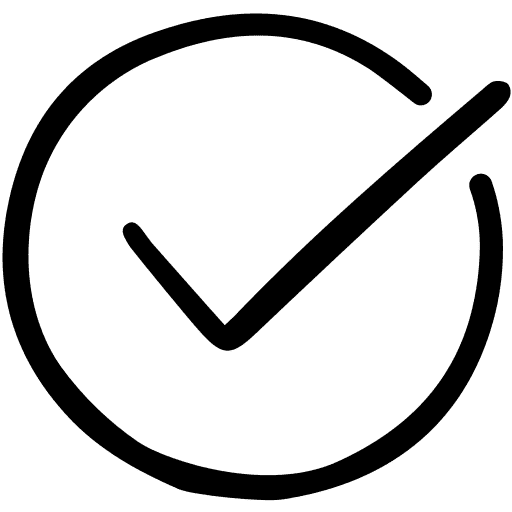
ALL YEAR-ROUND PROTECTION
Take Back Control Now
8
REASON TO CHOOSE SAFE PEST CONTROL
- Guarantee protection all year-round
- 30 Years Collective Experience
- An impeccable reputation across Sydney's Suburbs
- Certified treatments & written Warranty On all work carried out
- Family Owned & Operated
- Rated #1 Pest Control In Sydney NSW
- No Mess, No Smell
- Family & Pet Friendly Treatments
REQUEST A QUOTE
